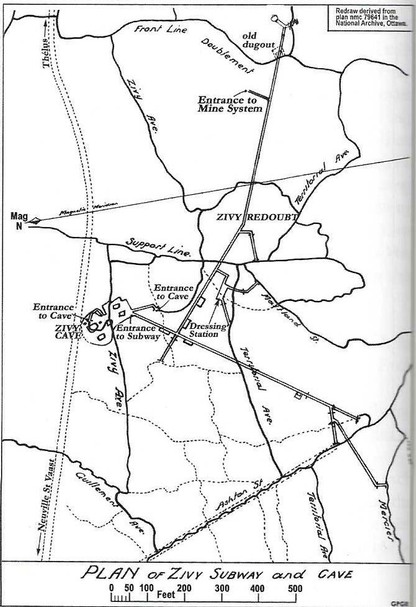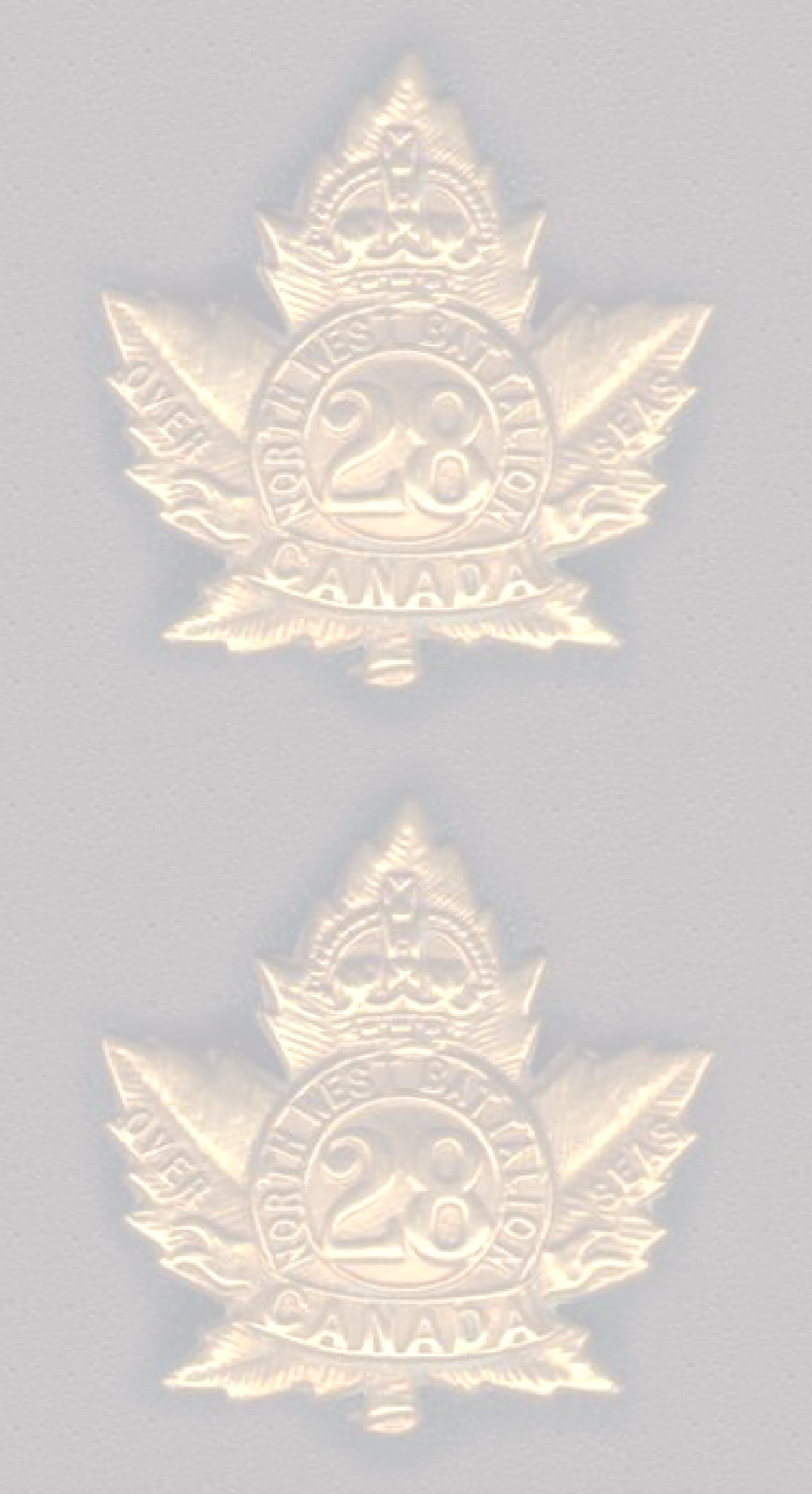
The War Diary of Lieutenant William L Hayes M C
1915—1919
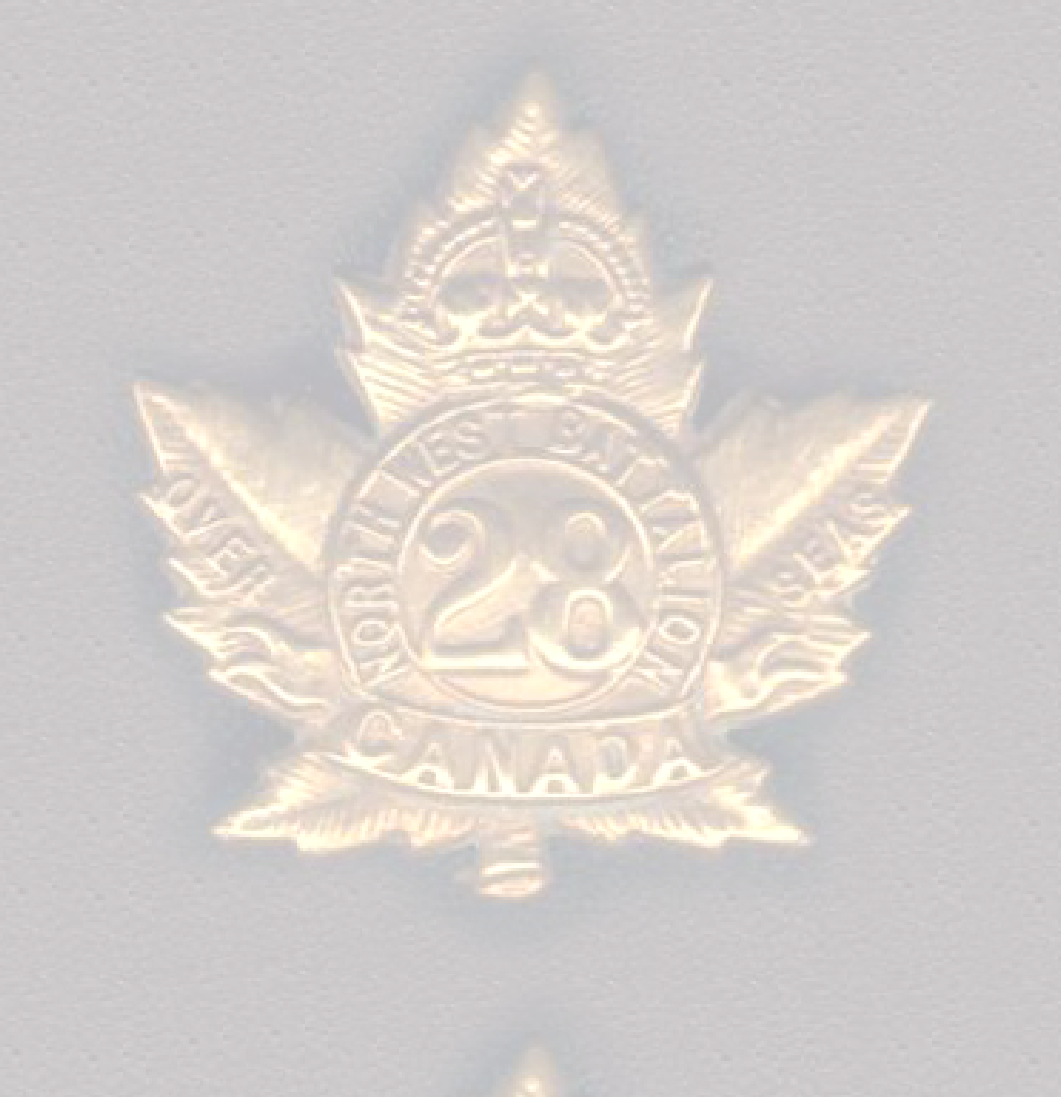
1916 and the Start of Vimy
Nov 1916—March 1917 Souchez Trenches and the pre-
The 7 km long Vimy Ridge lies in a NW-
To the north is the Lorette Spur lying on a more east/westerly alignment. Between them is the Souchez River and the town of Souchez. The Germans took the area in August-
Training for this battle was done on the sheltered lower western side of the Ridge and on the Lorette Spur. The winter was the coldest in living memory. While training, day to day warfare continued.
http://en.wikipedia.org/wiki/Second_Battle_of_Artois
Trench Diseases: Trench Foot
3 Nov 28th Bn WD ‘ Whale oil used & extra socks obtained.’
Trench Foot was a serious condition caused by prolonged exposure to cold, wet and unsanitary conditions. Men standing in trenches deep with water were particularly vulnerable. If untreated it led to gangrene and eventual amputation. Officers were under strict instructions to inspect the feet of the troops regularly and to issue whale oil as a preventive measure and ensure that all men carried a second pair of dry socks. A Battalion could use 10 gallons of whale oil a day. Needless to say, a gift of spare socks from home was very welcome.
The remains of a Canadian soldier buried at one of the cemeteries at Souchez, were exhumed and now are entombed as the Unknown Soldier in Ottawa.
http://www.veterans.gc.ca/eng/remembrance/history/first-
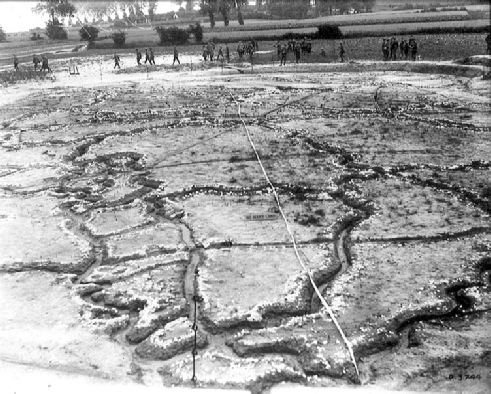
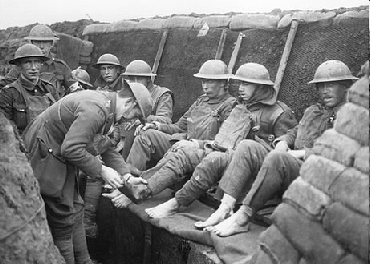
http://en.wikipedia.org/wiki/Battle_of_Vimy_Ridge
Nov 16—Jan 17 6th Infantry Brigade holding Souchez I and Souchez II, 28th Battalion (in rotation) holding Souchez II
Tunnelling: Although the 28th Battalion was not directly involved in the creation of the many miles of tunnels under Vimy Ridge, they were expected to use them when the Battle began.
Tunnelling had been going on in this area since medieval times as much of the rock was chalk and easily cut. But during the war each side dug successive tunnels deeper and deeper under the others’ and exploded mines in them to cause incredible damage.
There were many different types of mines used depending on the objective: destroying enemy areas above or below ground, or burying them in debris; creating of a crater with a high rim that could be captured and exploited to advance the front line. Another type of explosion was designed to collapse a low tunnel and thereby, create a new, instant trench or sap into the enemy area or into no-
To this day the area is riddled with tunnels and craters from both armies; some are lost; others are open to the public and more are being or have been excavated. Still others remain too dangerous to enter. Others are yet to be found.
A great deal of tunnelling was done in preparation for the battle. Fourteen major subways were built about 25 feet deep and the longest, the Goodman Subway opposite Folie Farm, was 1.2 km long.
"all subways had ample head cover, and were most elaborate -
Troops could use the tunnels to move to their jumping off points protected from whatever was going on above. A major plan for the battle was for troops to ‘leap-
The tunnels were then put into use to bring up supplies and ammunition as they were needed. Also relieving troops could be brought up in relative safety.
Tunnels also allowed the wounded to be brought back from the field. Although these were often separate from out going tunnels, both for expediency but also morale purposes.
All main tunnels had piped water, electric lights from generators and telephone lines.
Chambers were cut into the walls for headquarters, stores, dressing stations and communication centres.
Zivy Cave which could hold an entire battalion of 1000+ men was where WLH was sent on 9 April to wait. It was accessed adjacent to the civilian cemetery at Neuville St Vaast at the southern edge of the battle area. The Zivy Subway led to the battlefield and the route to Thelus, the 28th Bn final objective.
See Robinson & Cave The Underground War Vimy Ridge to Arras https://www.greatwarforum.org/topic/130133-
ww1.canada.com
Robinson & Cave, page 58
CQMS Duties
In the relative calm of behind the lines, the Company Quartermaster Sergeant, acting under the Regimental Quartermaster (often referred to as Q) was responsible for all the Company’s supplies: weapons and ammunition, blankets, food, water, post or mail, uniforms, boots, whale oil, billets and the movement of all of this when and where required. He had to keep track of it all including salvage and repairs.
He also had control of the company rum ration—issued morning and evening or before attacks. It warmed, relaxed and when necessary dulled pain of injury and did a great deal to improve morale.
In active combat situations, the CQMS probably stayed with the wagon lines and did not personally bring up supplies and ammunition but in a fast moving battle such as this, it may have required him and his staff with ever lengthening supply lines, to do whatever necessary to keep the supplies coming. Keeping the fighting men supplied had, of necessity, to take precedence over everything else.
28th Bn War Diary: Order No 162. 9 Supply arrangements. An advance dump of reserve drums (Lewis Gun ammunition) set up in the Brigade Dump at Zivy Cave. ‘C and D Companies will also be responsible for detailing parties to bring up from Brigade advanced dump and Battalion dump (which will be established in the vicinity of the CEMETERY) any supplies needed.’ There can be little doubt that WLH saw a great deal of this battle, very close up.
See http://regimentalrogue.com/misc/CSM_and_CQMS.htm https://legionmagazine.com/en/2002/09/rum-
WLH (personal file) 15 Nov 16 granted 10 days leave. (War Diary: 2 OR [un-
25 Nov 16 re-
20 Dec 16 Promoted CQMS
1 Jan 1917 Promoted Sergeant
WLH/D Coy In trenches 22—28 Oct Souchez II, 3 –8 Nov D Coy in Souchez IIR, 15—21 Nov, 27—30 Nov Souchez II left sub section, 1-
Training. Great care was taken to train everyone. No longer were the lower ranks expected merely to follow orders; now they were given the opportunity to understand the plan and how it would unfold.
Through aerial reconnaissance, photography, raids into no-
Through the worst winter of the war, the training went on. Men were trained to undertake the responsibilities of men above them and beside them and even to use German weapons that could be turned once the trenches were taken.
They were entitled to ask questions and it is said that no question went unanswered, being from the cook or the commander.
While the training was progressing, men also spent time in the trenches, keeping the Germans at bay in day to day warfare.
Courts Martial dealt with all manner of crimes against military law or civilian law if mentioned in the Army Act. They were convened when the crime was too serious to be dealt with by the Commanding Officer. (The Guide’, pp 145-
29th Oct 6th IB Order 2953 'No 67882, Pte. ELLSWORTH YOUNG, 25th Canadian Infantry Battalion was tried by Field General Court Martial on the following charge:-
'The accused absented himself while proceeding to join his Company in the trenches, and was arrested 13 days later at ABBEVILLE, wearing Corporal's stripes and an Artillery Cap Badge.
'The sentence of the Court was "To suffer death by being shot." The sentence was duly carried out at 6.26 am on 29th October 1916.' (6th IB WD item 82)
Most sentences of this kind were commuted by the Commanding Officer; sadly, in this case it was not.
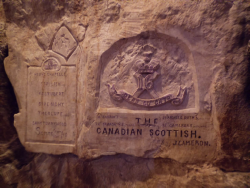
thewalrus.ca
Tunnel carvings remain to the present day.
